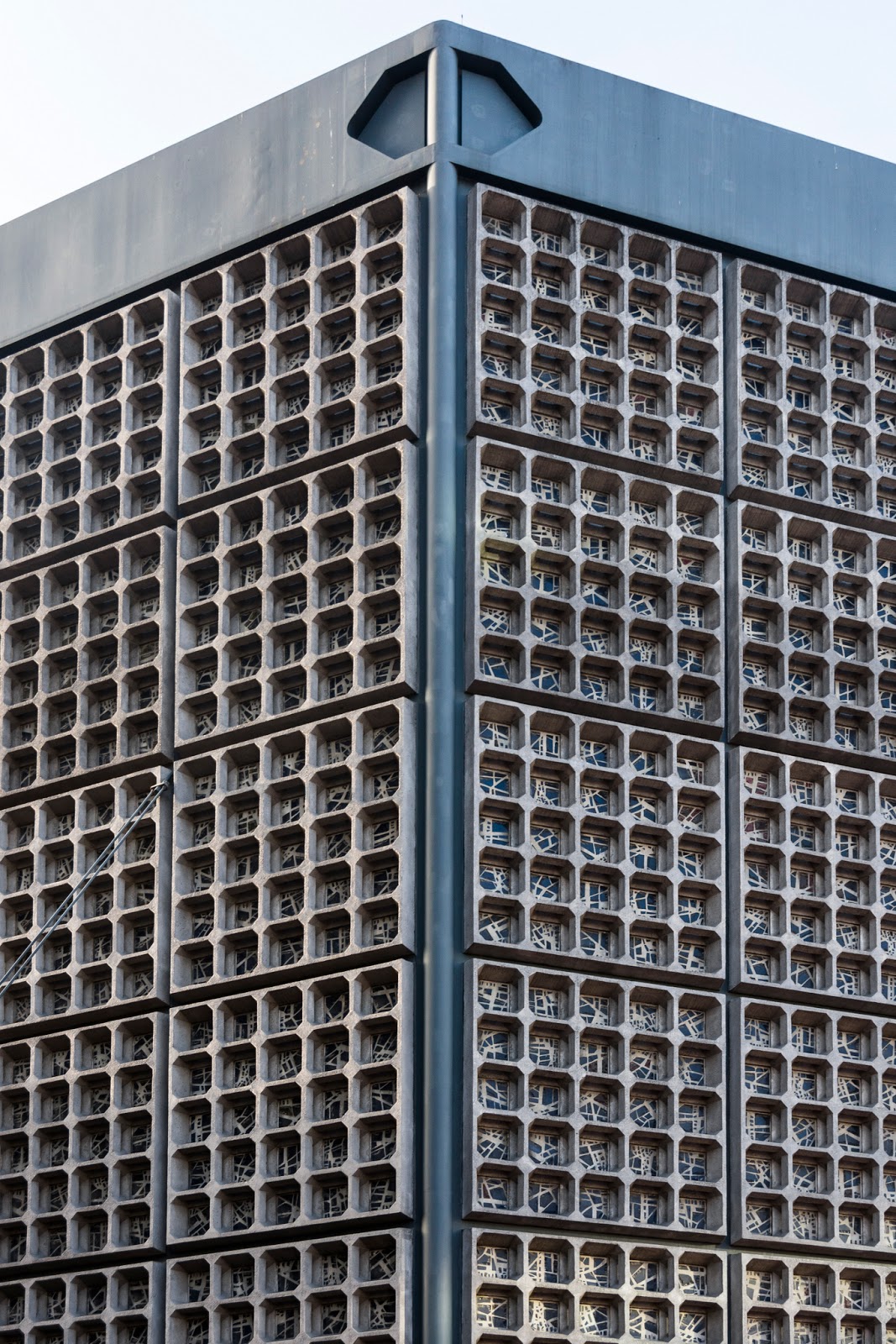I got up very early today to talk to my family back home, so before I join my host family here for festivities, I have some time to take a look back to December 6. On that day, my Kulturelle Orientierung in Berlin university course had another excursion, this time to the Kurfürstendamm (Ku'damm) area of Berlin. Since Berlin was split in two for nearly 30 years, two major city centers developed and are still important areas to this day. In East Berlin, Alexanderplatz emerged as the main square. That is where Berlin's famous TV tower is located. In West Berlin, the Ku'damm area became the busiest and most bustling part of town.
That day, we didn't start off in Ku'damm - that would just be way too much excitement all at once. We met in the surrounding area, which once was a haven for novelists, artists, and homosexuals (many of the homosexuals had fled persecution in the U.S., as they were treated better in Germany). But then came the Nazis, so the artists fled the country and the homosexuals were persecuted.
 |
| A Christmas market on Ku'damm by day. The structure on the left is called a Christmas pyramid, even though it is clearly not really pyramid-shaped |
 |
| A new church was built in the early 1960s. It doesn't look like much from outside... |
 |
| ...but the inside is really special |
 |
| There are about 22,750 small glass windows in the new church building |
 |
| Back to the memorial church. Inside, the grand mosaics have been reconstructed |
 |
| There he is... the Kaiser himself (in the white on the right) |
 |
| This spinning Mercedes logo, placed high up on top of a skycraper, was meant to display to East Berliners that West Berlin was the land of luxury |
 |
| Our excursion over, some of us stayed in Ku'damm for lunch and set out exploring the area |
 |
| Polish, Greek, and Korean friends |
 |
| Yet another Christmas market! 'Tis the season |
 |
| Another, closer look at the memorial church |
 |
| We headed back inside the new church to see how different the interior looked at night. We found an orchestra and choir practicing some Bach |
That did it for our day in Ku'damm. Back at home, I had plenty of sweets awaiting my return. Why? December 6 is St. Nicholas' day, which celebrates St. Nick's reputation as a bringer of gifts. Don't make my amateur mistake - I thought he was the same guy as Santa Claus until my host brother cleared things up. Sure, Santa Claus is derived from St. Nick, and most Germans acknowledge both, but one and the same they are not. In Germany, most kids put a boot or their shoes outside their door on the night of December 5. Overnight, St. Nicholas (who was really a bishop in the 4th century) swings by and fills them up with sweets and perhaps small gifts. My host family didn't put any shoes outside, but we all must have been really well-behaved because St. Nicholas left four whole boxes of sweets for myself and my three host family siblings on the dining table! I got a great tasty haul that I am still working through.
 |
| Allll for myself |
How's that for fun new holiday traditions! Today, I experience yet another - the German custom of opening presents the night of Christmas Eve, rather than on Christmas morning. Let's see how that goes. Frohe Weinachten, everyone!









